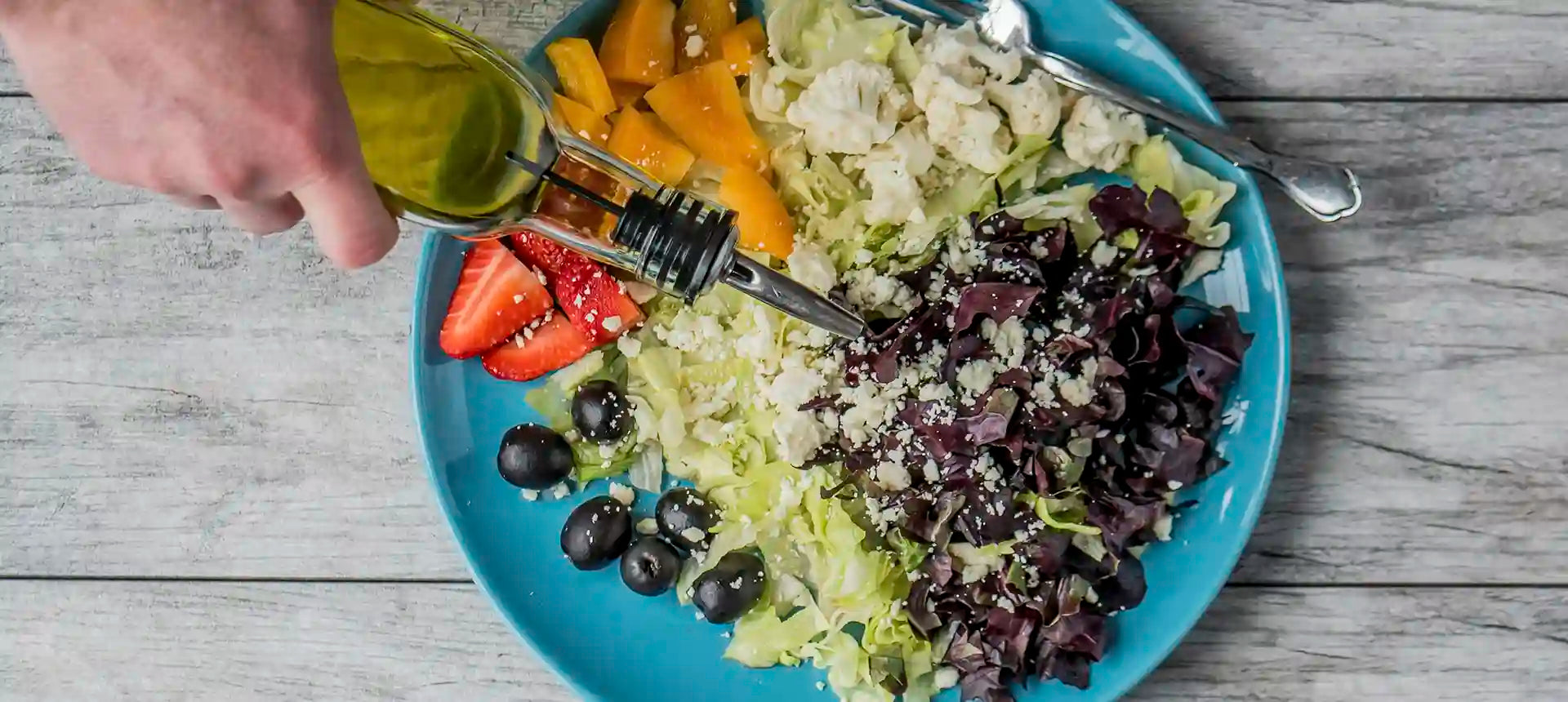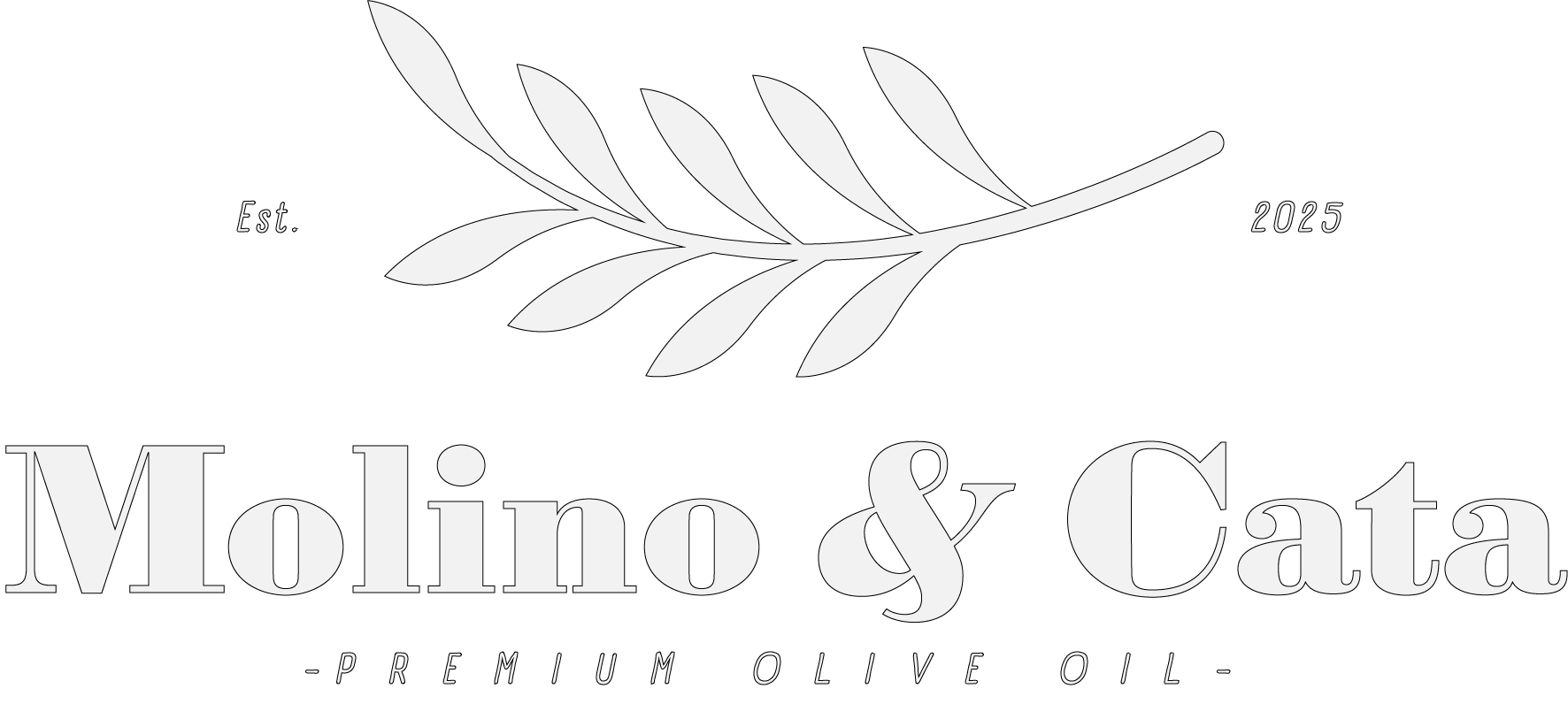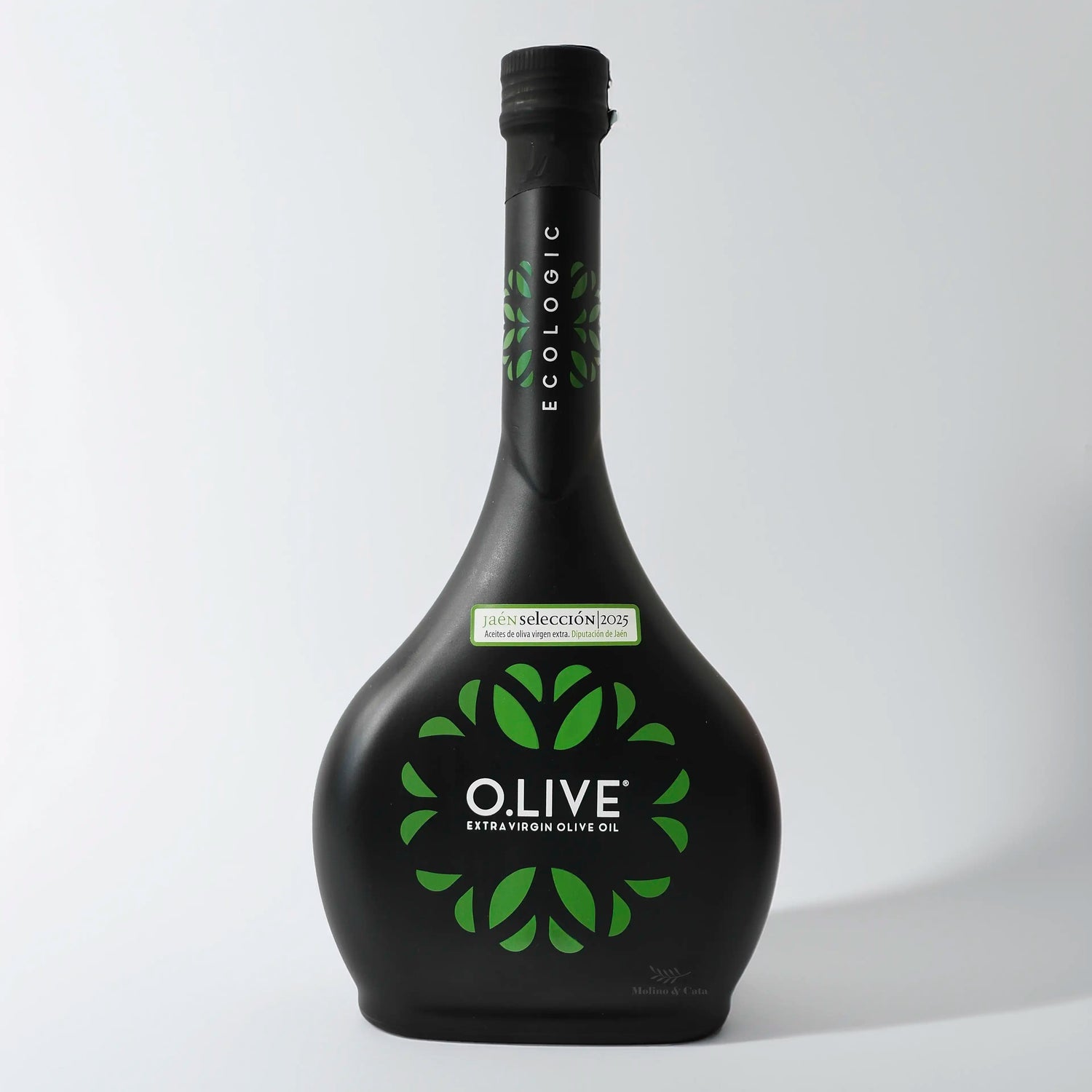
What does Extra Virgin mean in Olive Oils?
by Jerónimo Palacios
Olive oil consumption is deeply rooted in the Mediterranean diet, and in recent years it has become an increasingly common food in the diets of other countries.
However, there is a lack of knowledge about the different types of varieties and, specifically, what "Extra Virgin" means.
In this article, we'll discuss the importance of knowing the differences in terms of health, flavor, and quality. If you have any questions, you can first check out our article on What is EVOO .
Difference between Virgin and Extra Virgin Olive Oil
Virgin olive oil is the result of grinding and separating the fatty matter from the rest of the olives. This process produces a fat. Depending on the resulting product, we distinguish three qualities.
- Extra Virgin Olive Oil (EVOO) : This is the highest quality. It is flawless and has an exceptional flavor and aroma. The olives have been harvested with care; the fruit has not been damaged, it has been kept clean, and only a few hours have passed between harvesting and processing.
- Virgin Olive Oil (VOO): This oil has some defects in its flavor and aroma. Although it is considered suitable for consumption, the harvesting and production process has not followed the same care. The fruit was already overripe, it became dirty during the process, it became dirty during harvesting, or the mill was not in adequate hygienic conditions.
- Lampante Olive Oil: Named so because it was used for lamps or oil lamps, this oil is not considered fit for consumption due to the terrible conditions of the fruit, harvesting, or processing, and must be sent to a factory to be refined before it can be used later.
Olives are fruits and have ripening periods. Ideally, to obtain the freshest and most flavorful oil possible, the different olives used in its production must be at their optimal ripeness.
Different types of harvesting influence the process. Harvesting processes that take care to prevent the fruit from becoming dirty or damaged generally result in higher-quality oil. The condition of the oil mill (cleanliness, waiting for the fruit to prevent spoilage) influences quality. Finally, the oil extraction process (time, temperature) also influences quality, flavor, and aromas.
What does Extra Virgin Olive Oil mean?
The official definition, according to European Union Regulation 2568/91, is: "Oil obtained directly from olives solely by mechanical means, with a free acidity expressed as oleic acid of no more than 0.8 grams per 100 grams and whose organoleptic characteristics (flavor, aroma, absence of defects) meet the highest standards."
For an oil to be labeled as Extra Virgin, it must meet the technical criteria according to European regulations.
However, we must keep in mind that the quality of Extra Virgin Olive Oil matters more than just the label , especially when it comes to cooking. Within the broad group of EVOOs , we can find ordinary oils or excellent oils with an unmistakable aroma and flavor.
There are also unfiltered olive oils and premium, early harvest or high-end EVOOs.
Just as a frozen pizza from a supermarket and an Italian pizza from a famous restaurant share the name pizza, they are not the same.
How do you determine if an oil is Extra Virgin?
The qualities of the oil are regulated and there are two ways to determine if an oil is Extra Virgin:
Physicochemical laboratory analysis: This analysis certifies that, based on laboratory results, the oil meets the standards for Extra Virgin status. This analysis assesses acidity levels, peroxides, and polyphenols.
Tasting panel: Professional tasters perform a sensory evaluation of smell and taste to certify that the oil meets the criteria to be considered Extra Virgin.

Example of the label for Oro del Desierto organic oil.
Does the variety of olive influence whether an oil is Extra Virgin?
There are more than 2,000 olive varieties worldwide. However, fewer than 150 are used for olive oil production. The majority of production is achieved by Picual, Arbequina, Hojiblanca, and Frantoio, although new varieties such as Chiquitita and Lecciana are emerging, geared toward different types of cultivation.
The variety does not influence whether an oil is considered Extra Virgin . However, varieties do influence the flavor, aromas, and characteristics of the oil.
Benefits of using Extra Virgin Olive Oil compared to other oils
There are multiple studies demonstrating the health-promoting properties of olive oil. Thanks to its high content of polyphenols and other elements, it has antioxidant properties that help prevent aging. Furthermore, its organoleptic properties, unique to Extra Virgin Olive Oil, make it a sought-after food in every kitchen.
It's no wonder it's an essential element of Mediterranean cuisine. Using extra virgin olive oil in cooking not only adds flavor but also properties that contribute to our long-term health. It's one of the reasons why Mediterranean populations live so long.
Common mistakes when buying extra virgin olive oil
The first mistake is buying based solely on price . An oil may have a lower price because it's been on the shelf for a long time or for many other reasons. The olive oil market is a very competitive one, and prices usually reflect the reality of production costs. Be wary of aggressive price offers.
The second mistake is confusing terms like pure, light, or smooth with superior quality . An extra virgin olive oil will be clearly labeled as such. Light and smooth oils are actually refined oils blended with a proportion between 5% and 15% extra virgin olive oil to give them flavor and make them more usable.
The third mistake is not verifying the origin and harvest. Verifying the origin of the oil will help us distinguish its quality. On the other hand, oil from the most recent harvest will have better properties than oil from two seasons ago.
The fourth mistake is not checking the packaging date. The best-before date for oil from the moment it's packaged is two years. Olive oil loses quality over time, and oils from the previous harvest are often reduced in quality when the new harvest arrives to be disposed of. Although they retain their Extra Virgin status, they lose organoleptic and health benefits.
In addition, we must take into account the conservation tips for Extra Virgin Olive Oil.
Tips for choosing a good Extra Virgin Olive Oil
Check the harvest date. The expiration date isn't enough, as not everything is bottled at once. It's kept in nitrogen-inert tanks to preserve its perfect condition and bottled upon request.
Check the certification seals. Protected Designation of Origin (PDO) or organic certification can help us verify its origin and quality.
Choose dark bottles or containers that protect from light. Light influences the degradation of the oil, so opaque or dark bottles that block out light help improve its preservation.
Check for awards or quality recognitions. Awards and recognitions from international guides acknowledge the quality of the oil through a professional and thorough tasting process.
Photo by Jessica Lewis 🦋 thepaintedsquare on Unsplash
Share















